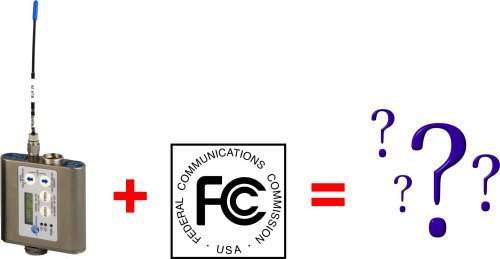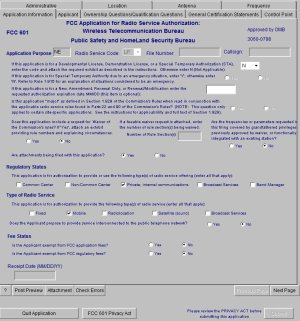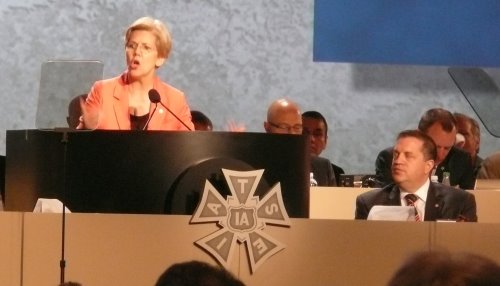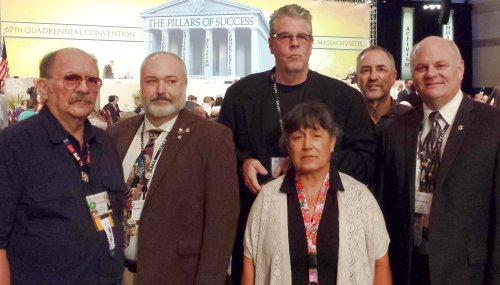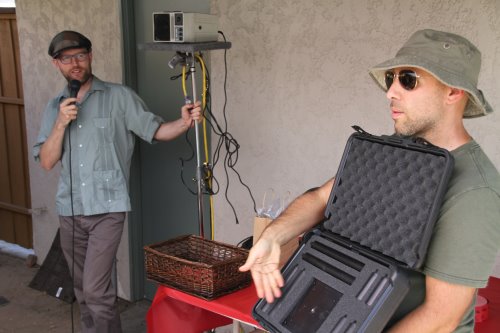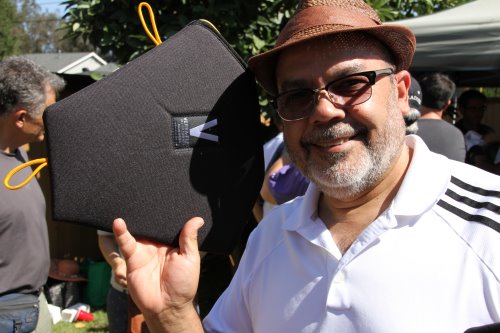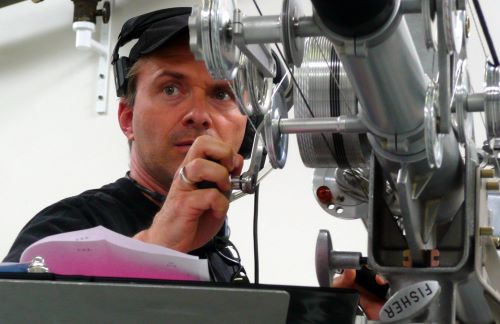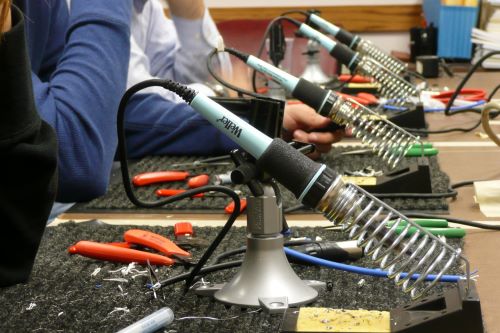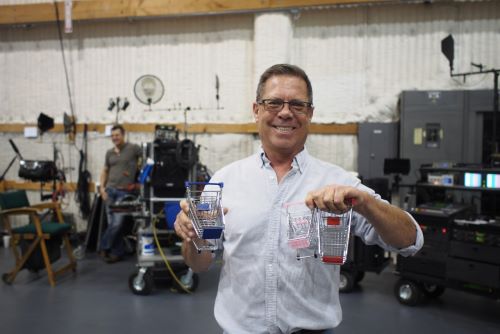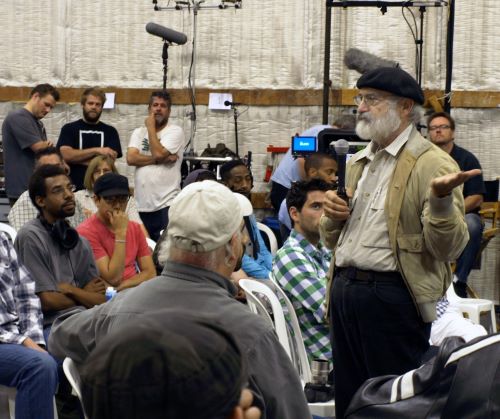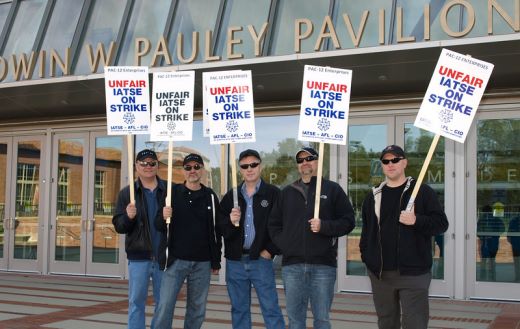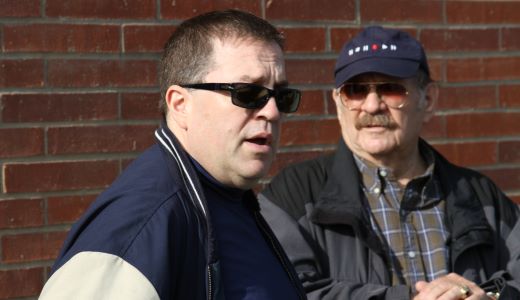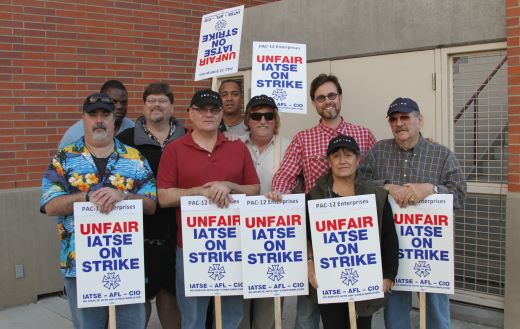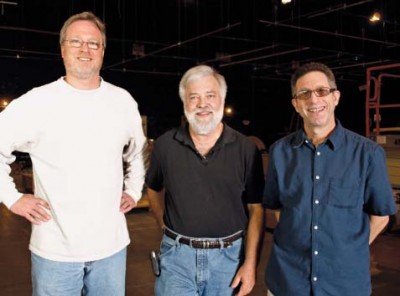 From the Editors
From the Editors
When it became necessary to film additional material for Dick Tracy, the original Mixer, Tom Causey, wasn’t available and Jim Webb was brought in for the extra scenes. Hearing that Jim Webb was mixing, Warren Beatty asked Duke Marsh, the Boom Operator, to have him come on the set so they might meet. As Webb appeared, Beatty extended his hand and said, “I’m so pleased to meet you. You’re a legend in this business.”
We are most pleased to offer a profile of this living legend so his accomplishments might become more widely known, especially among our younger members.
We also offer Coleman Metts’ account of a uniquely California experience on the surfing film Ride. Making a film on the water is always difficult; making one while balanced on a paddleboard is a particular challenge.
Jim Tanenbaum’s explanation of the Motion Capture and Performance Capture process is welcome and timely. This is a direction taken by more and more projects and we will all need to be familiar with the specifics. It’s a diverse mix of topics that we hope you’ll find interesting and useful.
Fraternally yours,
David Waelder, Eric Pierce and Richard Lightstone
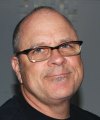 Joseph Magee, CAS
Joseph Magee, CAS Gary Raymond
Gary Raymond Phillip W. Palmer, CAS
Phillip W. Palmer, CAS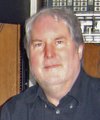 Scott Smith, CAS
Scott Smith, CAS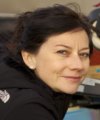 Anna Wilborn
Anna Wilborn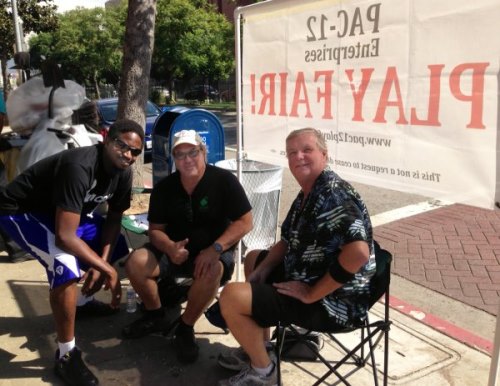
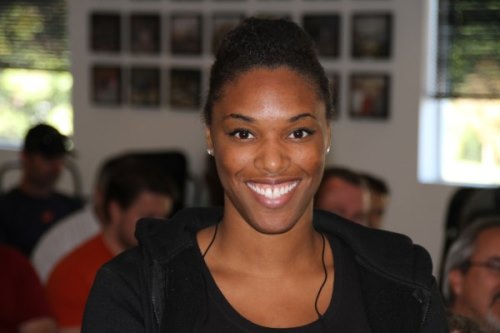
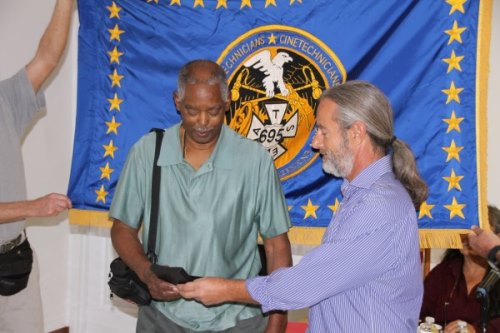
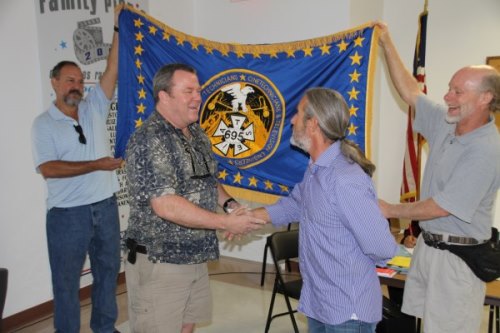
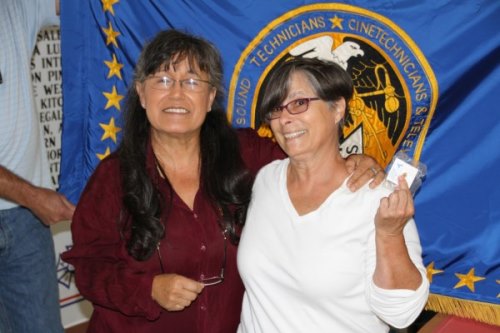
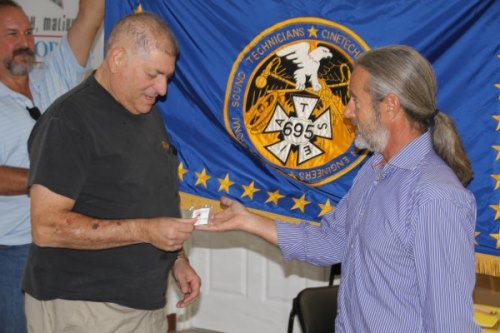
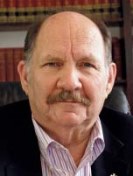 From the Business Representative
From the Business Representative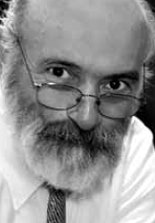 From the President
From the President